Seminarians grow in love of Spanish language and culture
Hank Bischoff, Joshua Heskamp, and Michael Schulte share photos and stories of their summer Spanish immersion experience in San Antonio, Texas and Antiqua, Guatemala. Read more on page 3: https://covdio.org/wp-content/uploads/2023/08/9328Messenger25Aug2023-1.pdf
CatholicTV — Stations of the Cross
From the CatholicTV Network — Join Bishop Robert Reed in praying the Stations of the Cross at the Cathedral Basilica of the Assumption in Covington, KY.
In gratitude, Bishop Maes entombed at cathedral
Laura Keener, Editor.
On the day Bishop Camillus Paul Maes was buried, May 15, 1915, the U.S. Department of Agriculture recorded the weather for that day, “Heavy rain throughout the morning and into the afternoon, clearing about 3 p.m.; the wind will be from the east at 6 miles per hour.” The temperature at the time of the funeral was 64 degrees.
“Yesterday’s forecast for today was from the National Weather Service,” said Bishop Roger Foys, Oct. 26, at the requiem Mass and entombment of Bishop Maes. “‘Heavy rain throughout the morning and into the late evening. The wind will be from the east at 6 to 10 miles per hour and the high is forecast to be 64 degrees.’ I would say that I think that Bishop Maes is pleased.”
Nearly 700 people attended the requiem Mass and entombment of Covington’s third bishop — Camillus Paul Maes — at St. Mary’s Cathedral Basilica of the Assumption, Covington. Bishop Maes was the longest serving bishop of the Diocese of Covington (1885–1915). It was his leadership that built the Cathedral.
In fulfilling Bishop Maes’ wish, and in gratitude for Bishop Maes’ impact and contributions to the Church in Northern Kentucky, Bishop Foys has brought Bishop Maes home to the Cathedral he loved. The former baptistery, located under the choir loft, has been transformed into the Maes Chapel and Bishop Maes has been entombed in a marble sarcophagus bearing his image.
Bishop Foys was the main celebrant of the solemn ceremony with retired Bishop Robert Muench, the ninth bishop of the Diocese of Covington, concelebrating, along with over 60 diocesan priests. The procession consisted of about 100 people — about 40 deacons, the diocese’s 13 seminarians, Dominicans from St. Gertrude Monastery and representatives from the Knights of Malta, Knights and Dames of the Equestrian Order of the Holy Sepulchre, Knights of Columbus, Knights of St. John and the Catholic Order of Foresters.
They passed the casket containing Bishop Maes’ remains. Lying on the casket were symbols of the episcopacy — a white miter and a purple stole. At the foot of the casket, the Book of the Gospels was opened to the passage of “The Conversion of St. Paul.” During the ordination of a bishop The Book of the Gospels is held over the head of the bishop-elect until the prayer of consecration is completed. Paul is Bishop Maes’ middle name and St. Paul is the patron of the Diocese of Covington.
Around the casket were six lighted candles. The candles were made of unbleached beeswax — the same type of candles that would have been used to surround Bishop Maes’ casket in 1915.
Bishop Foys began his homily reflecting on the Gospel reading from St. John, “Unless a grain of wheat falls to the ground and dies, it remains just a grain of wheat; but if it dies, it produces much fruit.” (12:23-26)
“Not just physical dying but also dying to our own ambitions, dying to our own will, dying to our own selfishness … giving our talents, our gifts,” Bishop Foys said. “A meaningful life is a life lived in service to others. A meaningful life is a life lived in the faith.”
He told those present that Bishop Maes would be happy they were here. His homily then shifted to Bishop Maes, painting a picture of the diocese the young bishop inherited and of Bishop Maes’ commitment to unity and of his love for the people of Covington.
“It wasn’t an easy time for him when he first came to the diocese,” Bishop Foys said. “The diocese was relatively young — only 32 years old … with a huge territory, very few priests, six churches, a lot of ministry to be done, a lot of work. It could never have been accomplished unless those who were in the ministry and those they served were willing to come together for one common cause — to bring the Gospel of Christ to life and light to their friends and to their neighbors.”
Bishop Maes inherited a diocese with crushing debt. When Covington’s first bishop, Bishop George Carrell, came to the diocese there was not a cathedral. He built one but was unable to pay for it. Bishop Foys read excerpts from correspondences Bishop Carrell had sent to the Vatican.
“In a letter to Rome he wrote, and this is sad, ‘I sometimes have to leave my house and go to the country to avoid my debtors.’ Another letter to the Propagation of the Faith says, ‘Perhaps you were too hasty in making Covington a diocese … I don’t think its priests or its people want a diocese or a bishop,’” Bishop Foys said.
Bishop Augustus Toebbe, the second bishop of Covington, “inherited the same cross that Bishop Carrell carried,” Bishop Foys said. “Both bishops worked as hard as they could to bring the Gospel to the people, to proclaim the Gospel, to bring the faith to all those they met.”
The other big challenge was what Bishop Maes referred to as “the narrow vision of parishes.” The priests and people of the diocese did not see themselves as part of a diocesan local Church, but instead focused on their own parishes — their own problems, their own concerns.
“He (Bishop Maes) declared, ‘The narrow vision of the parishes will now be obsolete. We are one Church. We are one local Church. This portion of the Kingdom of God known as the Diocese of Covington.’ And that is why he would be happy to see all of you here today — to see all the priests here — at the Mother Church of the Diocese of Covington. Yes, from individual parishes but coming together as one people of God — the local Church,” Bishop Foys said.
Bishop Foys said that to a great extent Bishop Maes succeeded in unifying the priests and people of the diocese.
“If he were not he would never had been able to build this beautiful Cathedral,” Bishop Foys said. “He had faith. He had faith in God, he had faith in himself, but most of all he had faith in God’s people. He had faith in God’s people that they would come together — that they would realize that they are the local Church; they would realize that something like this gives honor and glory not to the bishop, or to the priests or religious, but to all of God’s people. This Cathedral stands not as a testimony to one man or one people or one age it stands as a testimony as a witness to faith in God. It is literally a concrete sign of the faith of the people of this local Church known as the Diocese of Covington — people coming together with one mind, one heart and one faith.”
In closing Bishop Foys recounted the final days of Bishop Maes’ life. Seven years before his death Bishop Maes was diagnosed with diabetes. At that time, insulin had not yet been discovered. The only treatment for diabetes was a strict carbohydrate-free diet. Bishop Maes suffered greatly; walking was extremely difficult although he often refused assistance.
Bishop Foys said, that when he was told that he only had a few months to live, Bishop Maes said, “God’s will be done.”
He then entered a period of self-imposed seclusion saying to the sisters at the hospital, “I wish to see no one but to be alone with God. Tell my best friends to pray for me; especially have the children in school pray for me.”
Bishop Foys said that he then received extreme unction and holy Viaticum. The next day he dictated messages to his friends and relatives in Belgium and to his priests and to the people of the Diocese of Covington. A week before he died he said to a caller, “When I am gone I hope my people will remember me and will pray for me.”
“It’s hard not to remember him,” said Bishop Foys. “I remember him every time I walk into this Cathedral church and today we gather to pray for him. I think we can agree, by his life and certainly by this magnificent tribute to God, he has left a legacy — a legacy of devotion to God’s people, of untiring ministry and compassion and love.”
Bishop Maes’ last recorded words before he died were, “This has been a quiet, peaceful, restful day. I feel that I have done good work. I am ready to go home.”
Bishop Foys concluded his homily saying, “While we pray here today for Bishop Camillus Maes, we pray also for all those who have gone before us, those who have sacrificed and lived their faith in so many ways and we pray for those who continue to do that to this very day.
“Sometimes we see dark days in our lives, in our country, in our world and even, unfortunately, in our Church, but we must never lose sight that Jesus Christ is in our midst. He lives in every one of our churches, he is present in the Eucharist, he is present in the chapel and he is present in each other. Thank you for coming today for fulfilling the third bishop’s dream of coming home.”


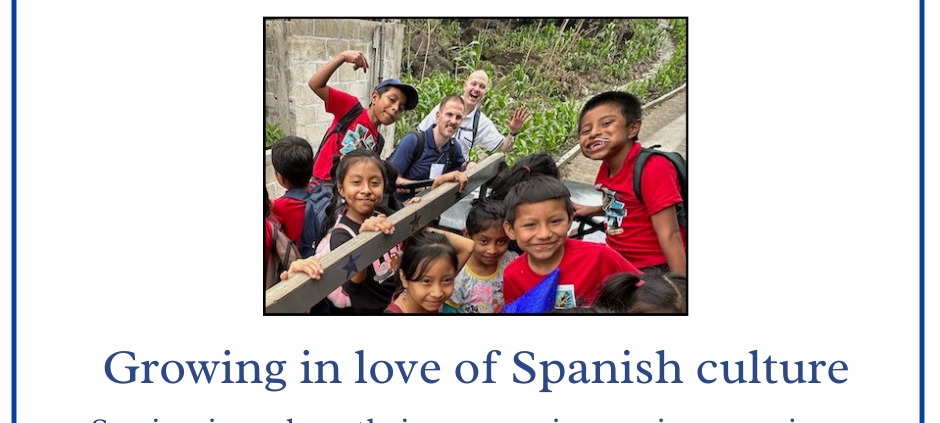

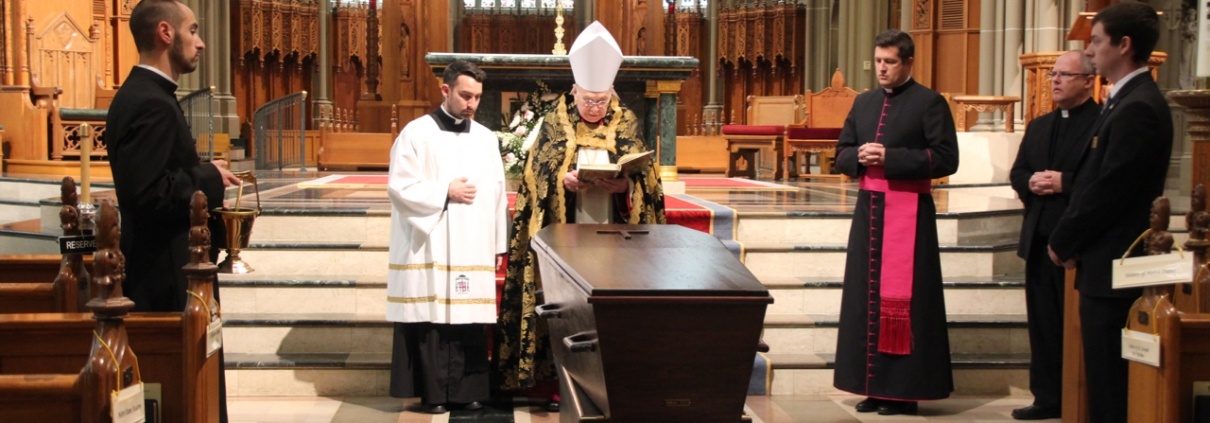
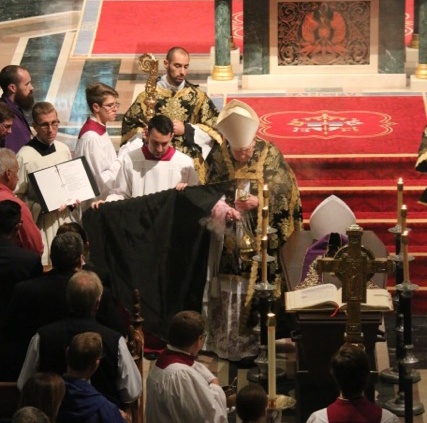
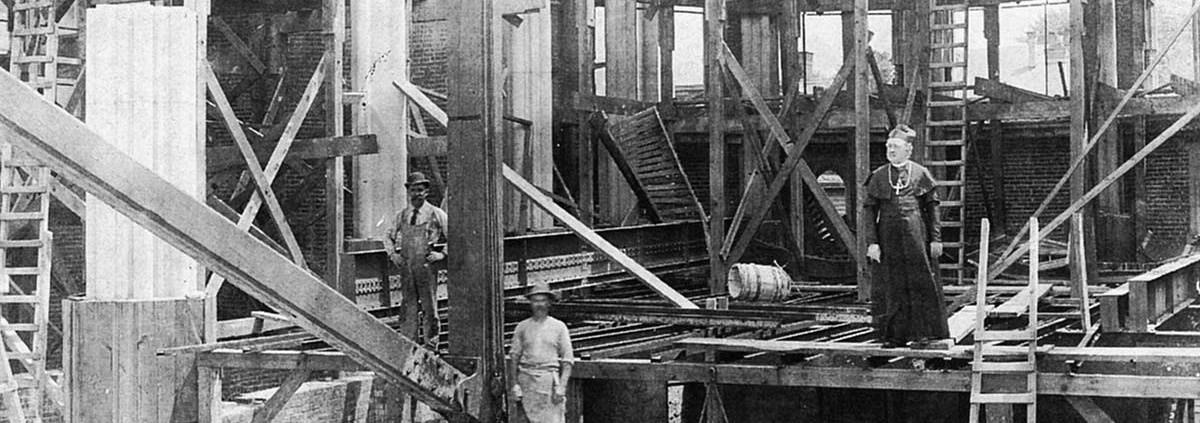
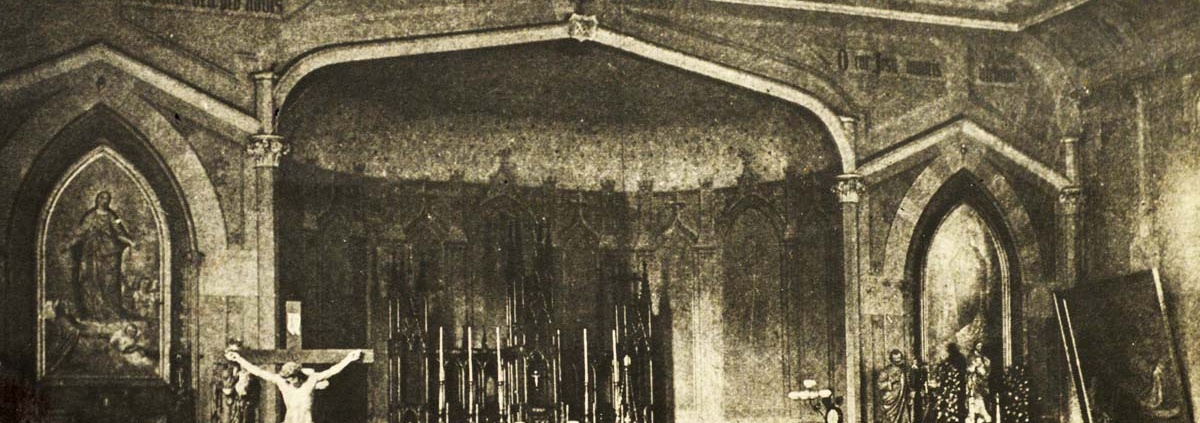
![Artist’s rendition of what the original St. Mary’s Church and White Mansion looked like, based on records and descriptions of the period. Today, private homes occupy the site on the southwest corner of Montgomery Street. [Courtesy of Stephen Enzweiler]](https://covdio.org/wp-content/uploads/2019/09/MaesStory1Photo_03Web-800x423.jpeg)